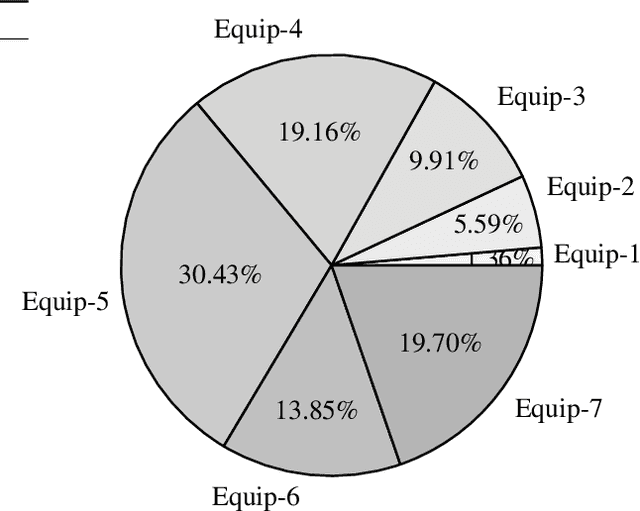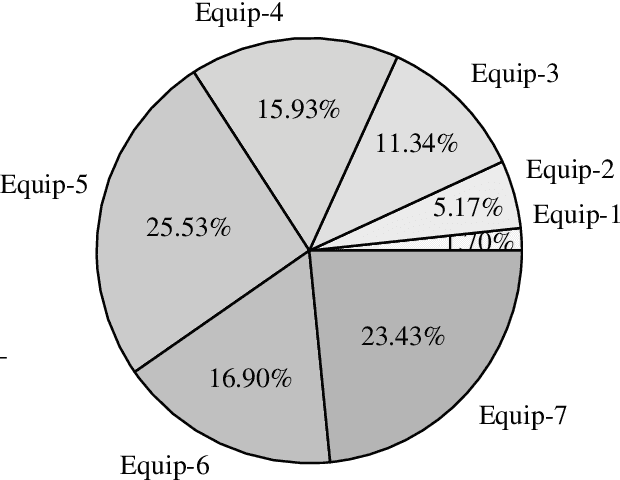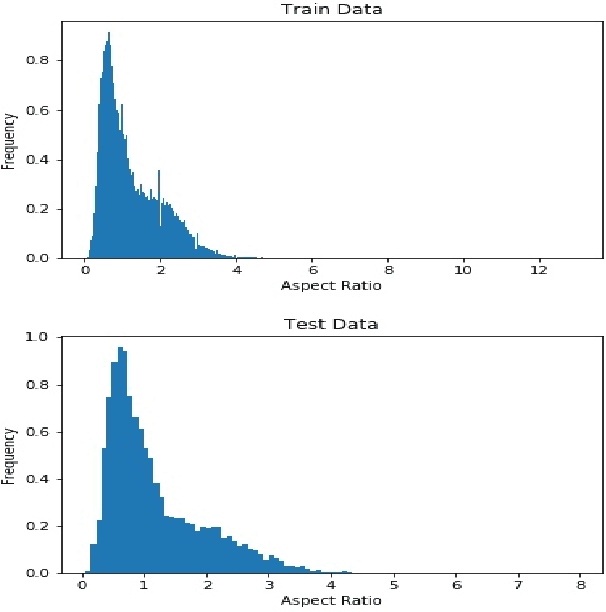Mohammad M Soltani
Efficient Single-Shot Multibox Detector for Construction Site Monitoring
Aug 20, 2018



Abstract:Asset monitoring in construction sites is an intricate, manually intensive task, that can highly benefit from automated solutions engineered using deep neural networks. We use Single-Shot Multibox Detector --- SSD, for its fine balance between speed and accuracy, to leverage ubiquitously available images and videos from the surveillance cameras on the construction sites and automate the monitoring tasks, hence enabling project managers to better track the performance and optimize the utilization of each resource. We propose to improve the performance of SSD by clustering the predicted boxes instead of a greedy approach like non-maximum suppression. We do so using Affinity Propagation Clustering --- APC to cluster the predicted boxes based on the similarity index computed using the spatial features as well as location of predicted boxes. In our attempts, we have been able to improve the mean average precision of SSD by 3.77% on custom dataset consist of images from construction sites and by 1.67% on PASCAL VOC Challenge.
Ensemble-based Adaptive Single-shot Multi-box Detector
Aug 17, 2018



Abstract:We propose two improvements to the SSD---single shot multibox detector. First, we propose an adaptive approach for default box selection in SSD. This uses data to reduce the uncertainty in the selection of best aspect ratios for the default boxes and improves performance of SSD for datasets containing small and complex objects (e.g., equipments at construction sites). We do so by finding the distribution of aspect ratios of the given training dataset, and then choosing representative values. Secondly, we propose an ensemble algorithm, using SSD as components, which improves the performance of SSD, especially for small amount of training datasets. Compared to the conventional SSD algorithm, adaptive box selection improves mean average precision by 3%, while ensemble-based SSD improves it by 8%.
 Add to Chrome
Add to Chrome Add to Firefox
Add to Firefox Add to Edge
Add to Edge